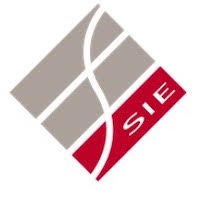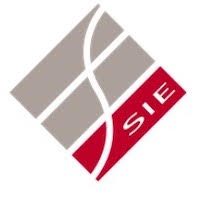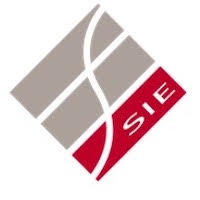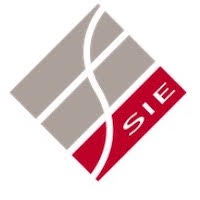Histomorphometric analysis of pulp submitted to the action of bromelain associated with irrigation solutions
All claims expressed in this article are solely those of the authors and do not necessarily represent those of their affiliated organizations, or those of the publisher, the editors and the reviewers. Any product that may be evaluated in this article or claim that may be made by its manufacturer is not guaranteed or endorsed by the publisher.
Aim: The objective of this study was to evaluate the tissue disgregation capacity of pulp in different solutions associated or not with bromelain.
Methodology: Fifty bovine mandibular incisors were used, divided into five groups: C: Control, H: sodium hypochlorite 2.5%, B: bromelain, BL: bromelain + L-cysteine, BH: bromelain + sodium hypochlorite 2.5%. The pulp fragments were stored at -20 °C, washed with saline solution and moved to 25°C in eppendorf tubes with 1 ml of each substance. For the histomorphometric evaluation, the pulp fragments were prepared as histological routine, observed with optical microscopy and evaluated using ImageJ 1.49 software.
Results: The histomorphometric results showed that, in C: there was no alteration per tissue; H: there was a peripheral and central tissue disintegration; B: there was a protein and cellular degradation pattern, from the peripheral to the central area; BL: there was a central degradation. In BH, showed an effect enhanced by bromelain, when related to sodium hypochlorite, showing greater tissue degradation.
Conclusions: The association of bromelain with sodium hypochlorite potentiated the disintegration action of the pulp, opening possibilities for several clinical applications.
Giornale Italiano di Endodonzia has chosen to apply the Creative Commons Attribution NonCommercial 4.0 International License (CC BY-NC 4.0) to all manuscripts to be published.


 https://doi.org/10.32067/gie.2019.33.01.03
https://doi.org/10.32067/gie.2019.33.01.03











